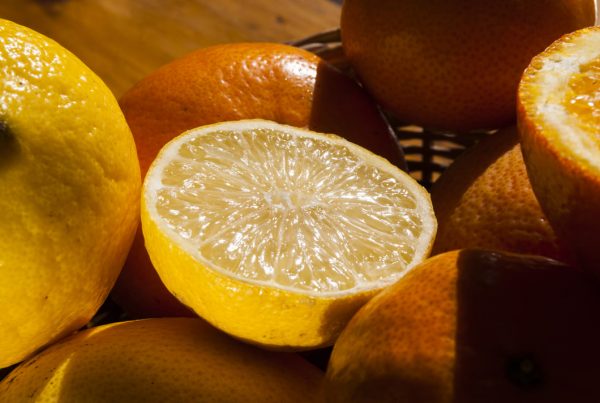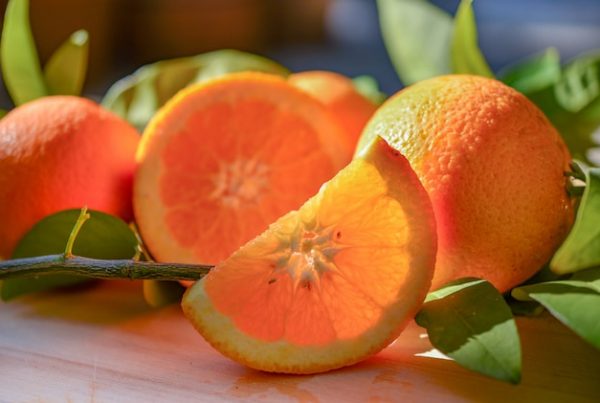Newsletter 145 – 01.03.2023
Southern citrus, like other fruits, suffered under the global crisis unleashed by the pandemic and the war. Cost increases, logistical complications and falling consumption have gone global. But not all countries experienced it in the same way. This time it was the citrus from South America that was most affected. In addition to these complications, were added climatic adversities (dry, frost, extreme temperatures) and complex internal situations in different countries. South American exports fell to the lowest levels in the last 5 years for both lemon and sweet citrus. In contrast, South Africa ended the year with a new export record, thanks to good weather and a very favorable exchange rate. This year there was neither intense drought, nor the extreme temperatures or storms that affected other seasons. Thanks to this, its citrus exports reached 2.3 million tons for the first time, thus exceeding the 1.8-2 million of the last two years. Records were recorded in the export of lemon, tangerine and orange. Only in grapefruit the evolution was not as successful, being exports lower than in other years.
South Africa
It is the giant of oranges, being the second world exporter, after Egypt. This year it reached a new record, exceeding 1.1 million tons. In previous seasons, exports were close to one million tons. In the case of the lemon, South Africa registered almost exponential growth. In 5 years it doubled its exports, reaching half a million tons in the current season. With this volume, it ranks third in the world, after Spain and Turkey. Also for mandarins, South Africa registered vertiginous growth, doubling its exports in 5 years. In the 2022 season it reached 465,000 tons.
Given the strong increase that occurred in South Africa, in contrast to the reduction in South America, the African country contributed 50% of southern exports of mandarins, 60% of lemons and 80% of oranges.
South Africa's two largest markets are Europe and Asia, with approximately 40% of its shipments going to each. It sent larger volumes to both regions than in 2021. North America is increasingly crystallizing as the third destination. It was this region that grew the most in the current campaign (+35%). Another important destination is Eastern Europe. Despite the war, South Africa managed to dispatch larger volumes to Russia than in 2021.
Argentina
It was a very difficult year for Argentine citrus. Added to the complicated international situation, are the internal problems that the sector has been facing for several years: increase in internal costs, an unfavorable exchange rate relationship and lack of competitiveness.
Lemons continue to be the star product of Argentine fruit growing, and despite internal and external difficulties, a volume similar to that of previous years (260,000 tons) was exported. This year Tucumán had an abundant harvest of good quality and health, for which there was enough exportable volume. But it was not easy to locate him. The campaign began with the difficulties that the war imposed on trade with Russia. These were managed to be overcome, being able to send volumes similar to those of 2021. The European market was favorable at first, given the lower harvest of the Spanish summer lemon. But the voluminous southern shipments did not find enough sales; prices fell rapidly, making the business unprofitable. This was the reason why Argentina ended their season early. A similar situation was experienced in the USA. The season started successfully, but then prices fell to very low levels.
For sweet citrus, the season was complex, since Argentina does not have the competitive advantages of lemon in these. The Russo-Ukrainian war, higher freight costs, high tariffs and phytosanitary requirements limited shipments. In mandarins, the season ended with an export of 33,500 tons and in oranges 62,000 tons, 25-30% less than in 2021.
Chile
It was one of the most difficult seasons for Chilean citrus, in which exports fell to the lowest level of recent years. This was due to the occurrence of strong frost at the beginning of the campaign. To this was added dry, increases in logistic costs and problems. The most affected citrus was lemon. Of the usual almost 100,000 tons exported, only 54,000 tons were reached. Complicated external markets were added to frosts for frosts, which paid low prices. In the tangerines about 130,000 tons were exported, 30% less than in the last two campaigns. The decrease was given for zlementines, and for Murcott. In the former the biggest problem was drought, in the Murcott the frosts. Of the oranges, 20% less were exported, as a consequence of frost and surface reduction.
The main destination of Chilean citrus fruits are the US. Shipments to this destination suffered a strong reduction. To the least availability, the growing competition exercised by other southern suppliers was added. Another market that did not respond to what was expected, was Asia, especially China. Also in this case the strong competence of other southern suppliers, the long journey and the characteristics of Chilean citrus (which differ from the taste of the Chinese consumer) complicated the progress in this region.
Peru
Mandarins were one of the successful fruits with which Peru conquered the world of fruit. Its exports skyrocketed. In a decade they quadrupled. The advance was achieved thanks to the opening of new markets and a varietal change. The export of the Mineolas and Satsumas was reduced, turning fully to the export of the late ones (Nadorcott, Murcott, Tango, Or). This year, for the first time, progress was halted, given the complex global scenarios to which were added some internal and productive complications. 220,000 tons were exported, a volume very similar to that of 2021. 65% corresponded to late mandarins, 15% satsumas, 10% clementines, and 5% mineolas. 70% of shipments went to North America, a market that grew strongly. In contrast, shipments to Europe and Russia were reduced, receiving only 20% of shipments.
Uruguay
To the complex world scenario, dry, lack of competitiveness and high phytosanitary and tariff demands, joined Uruguay. Citrus exports fell to their lowest level in recent years. The most affected citrus was the orange, of which only 21,000 tons were embarked, due to complications that arose in shipments to Europe. This volume was half of other years. In the case of tangerines, when the US is assigned mainly, the situation was better. To this country even a volume greater than other years was sent, thus compensating for the decrease in the other destinations. Lemon was exported very little about the complex situation in external markets.







